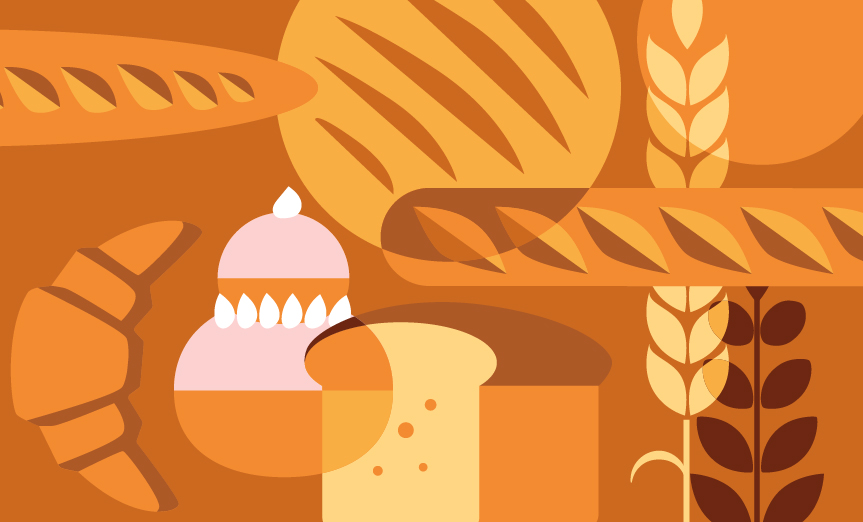3 days in Montélimar
Auvergne-Rhône-Alpes/2024

© Gerald Villena
For many years, Montélimar was a popular stop-off point on the vacation route. Before the 1970s, when the town was bypassed by the freeway, people took the famous N7 road, and families travelling from the north often stopped off in Montélimar. But not only that: Montélimar, with its architecture and perfumes, was quite simply the gateway to Provence.
Even today, when you stroll through the narrow streets of Montilienne, in the heart of the town center, leading to nothing but old houses with small gardens, you'll find a warmth and romanticism that's a little mysterious. Much more so than in Valence, just 50 km away, you're immersed in an atmosphere quite unlike anything you've seen in the Auvergne-Rhône-Alpes region. To establish cousinships, it's more accurate to say that Montélimar is much closer to Orange, Carpentras or Salon-de-Provence than to many other more northerly towns. And it's hard to get people to say they're from the Rhone-Alps.
The town's layout makes it easy to explore: a ring road that encircles it almost completely, except around the château, a superb Romanesque edifice that dominates the town with its seigneurial dwelling and square tower, recalling all the glory of the Adhemar family, who ruled the region for centuries and gave their name to a number of sites, and even to a wine appellation. The walk is centered around the Place du Marché and the Place des Halles, following the Rue Pierre-Julien, which crosses it from south to north. Tourists are often motivated to visit a nougatier's workshop and bring back gifts for friends.
Montélimar was established as the capital of nougat thanks to two equally important factors: almond trees and beehives, which were already numerous in the 18th century. The composition of nougat, a confection coming from Arab countries via the Mediterranean and Spain (nougat first appeared in Roussillon before settling in Provence), is simple: egg white, almonds and honey. And the specifications for the "nougat de Montélimar" appellation are based on proportions (at least 30% dried fruit and at least 25% honey), not on origin. Montélimar nougat-makers are free to source their honey and almonds wherever they wish, even if most of them make a point of using local products. Most of Montélimar's nougat makers, with the exception of the very large ones with production facilities outside the town, produce their products on site, and generally offer a tour of the workshop prior to sale. This allows everyone to follow the making of these precious, addictive-tasting bars, which are still the symbols of an entire town.
If you get the hang of the city tour, you can easily escape to the surrounding area: on the other side of the Rhône, you're in the Ardèche region, with a number of beautiful villages, such as Alba-la-Romaine. On the other side of the river, the Jabron and Roubion valleys are also ideal for exploring, with Bonlieu-sur-Roubion and Montboucher-sur-Jabron being two examples.
M. E.

Open

Open

Open

Open


Open
Food products, kitchen equipment, tableware, service solutions...
See the full list of partners who place their trust in Gault&Millau
All our partners
Become
a Partner
LEARN MORE





























































